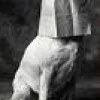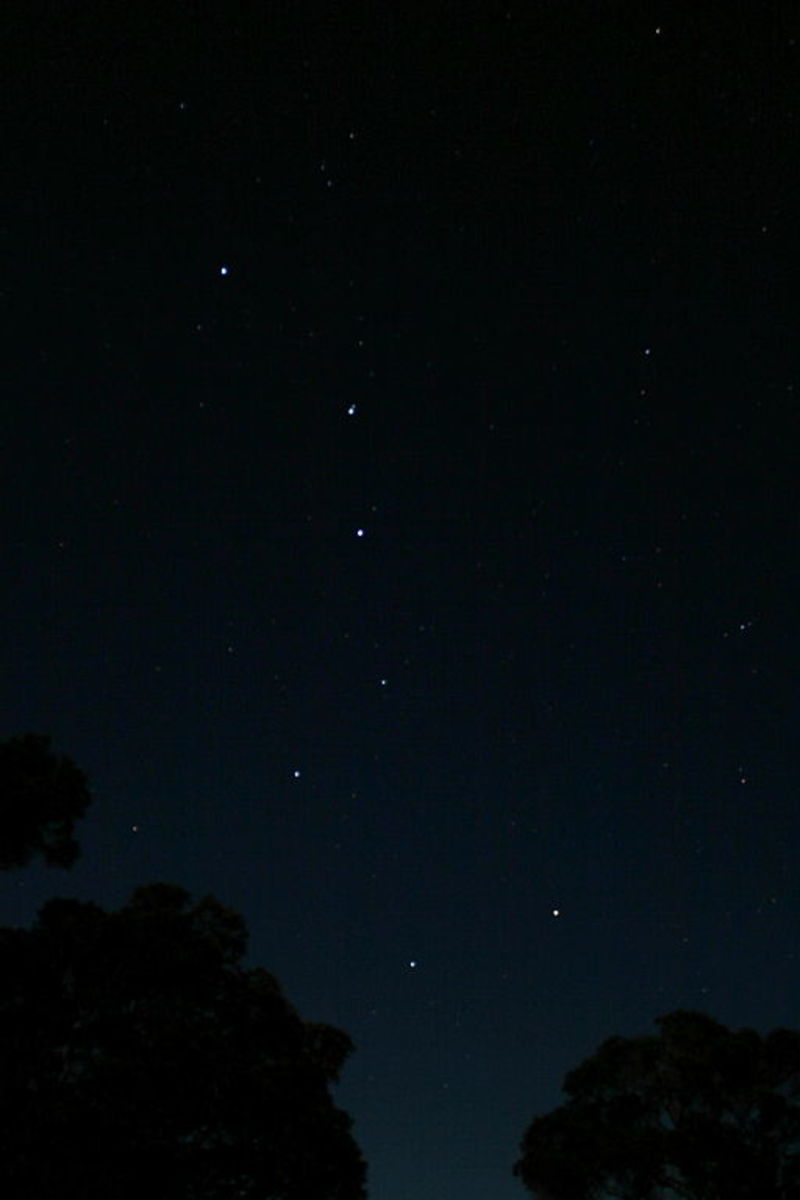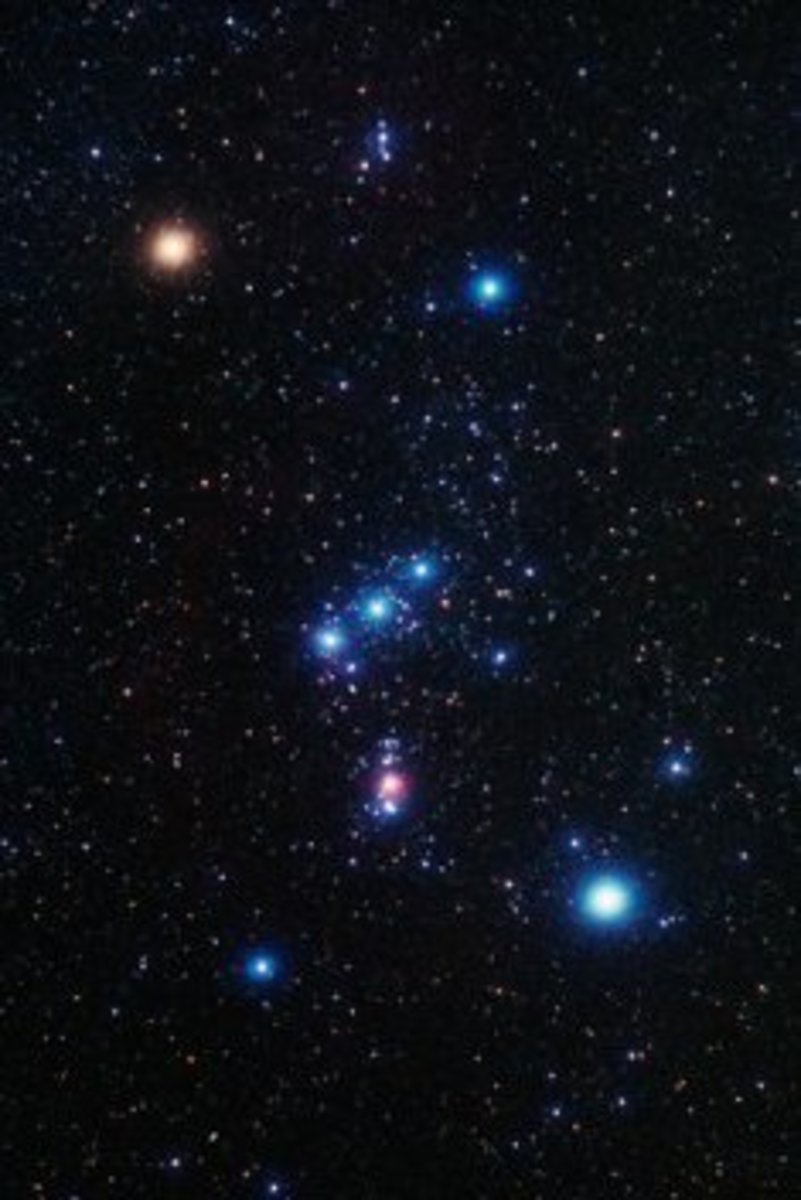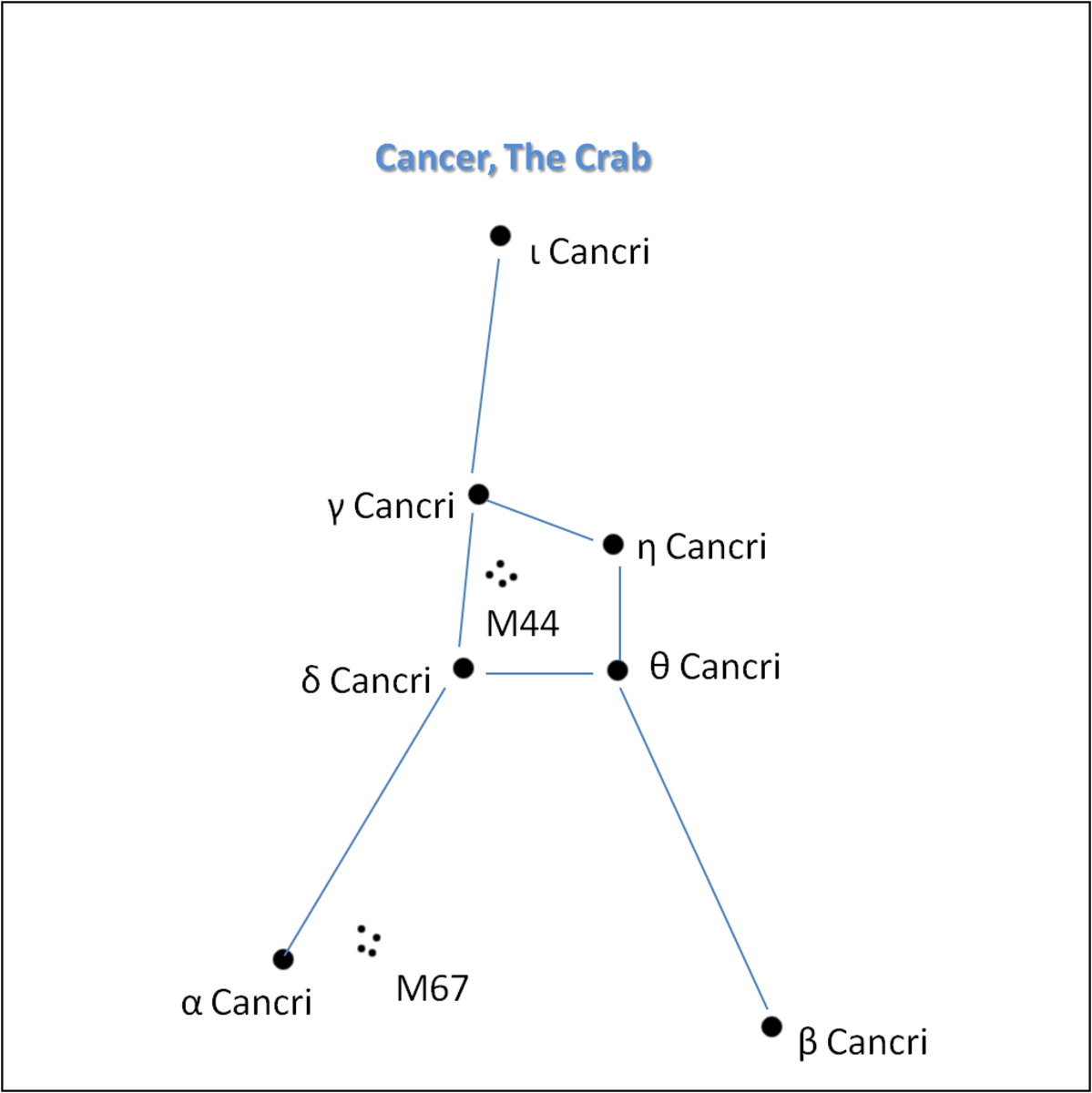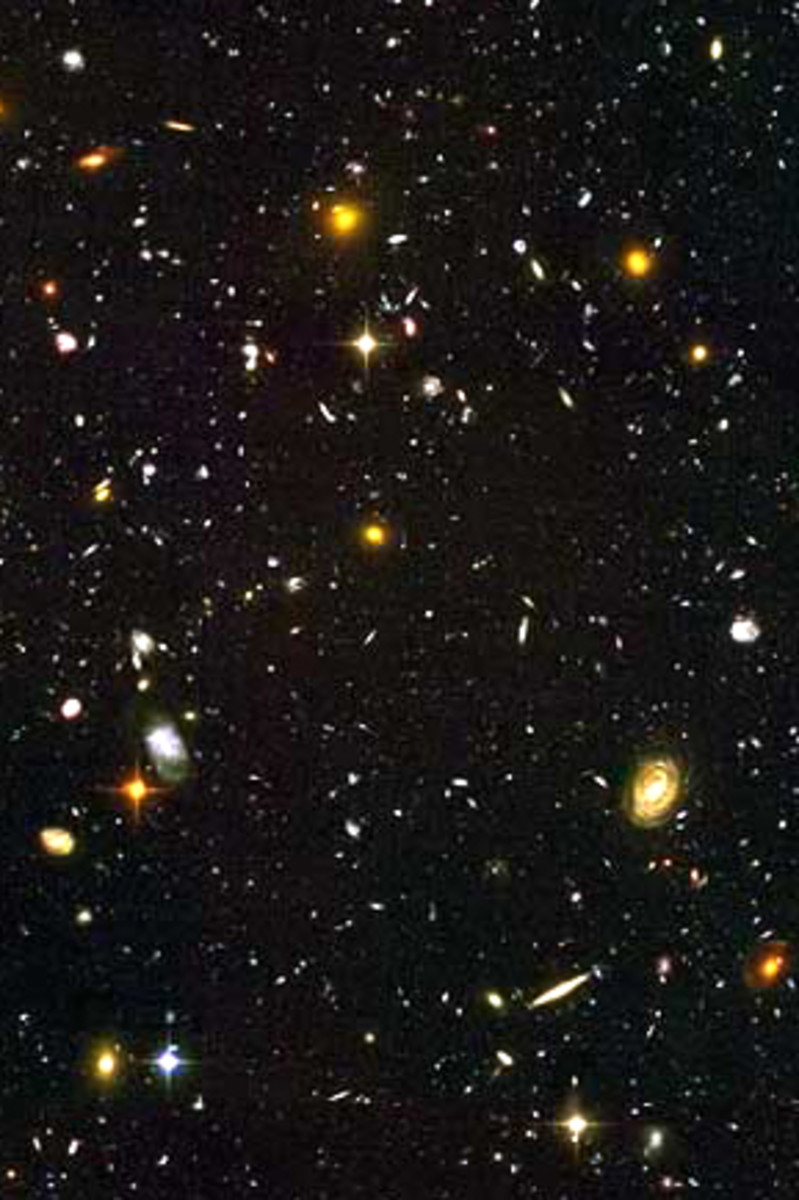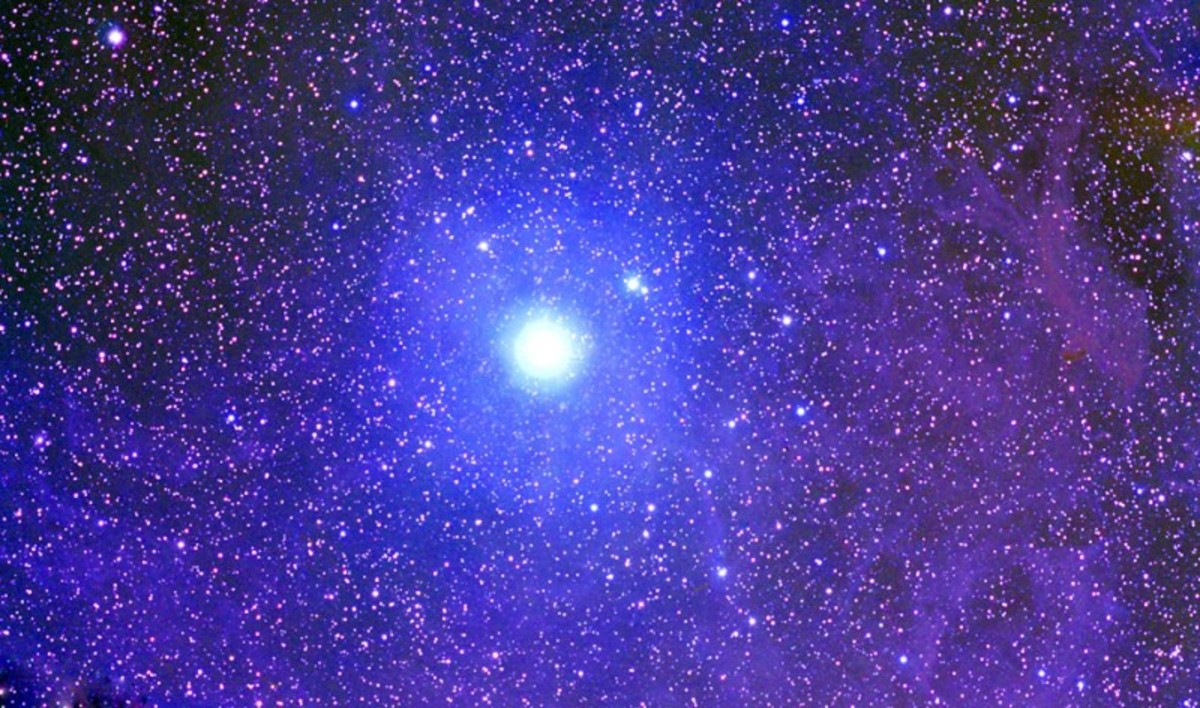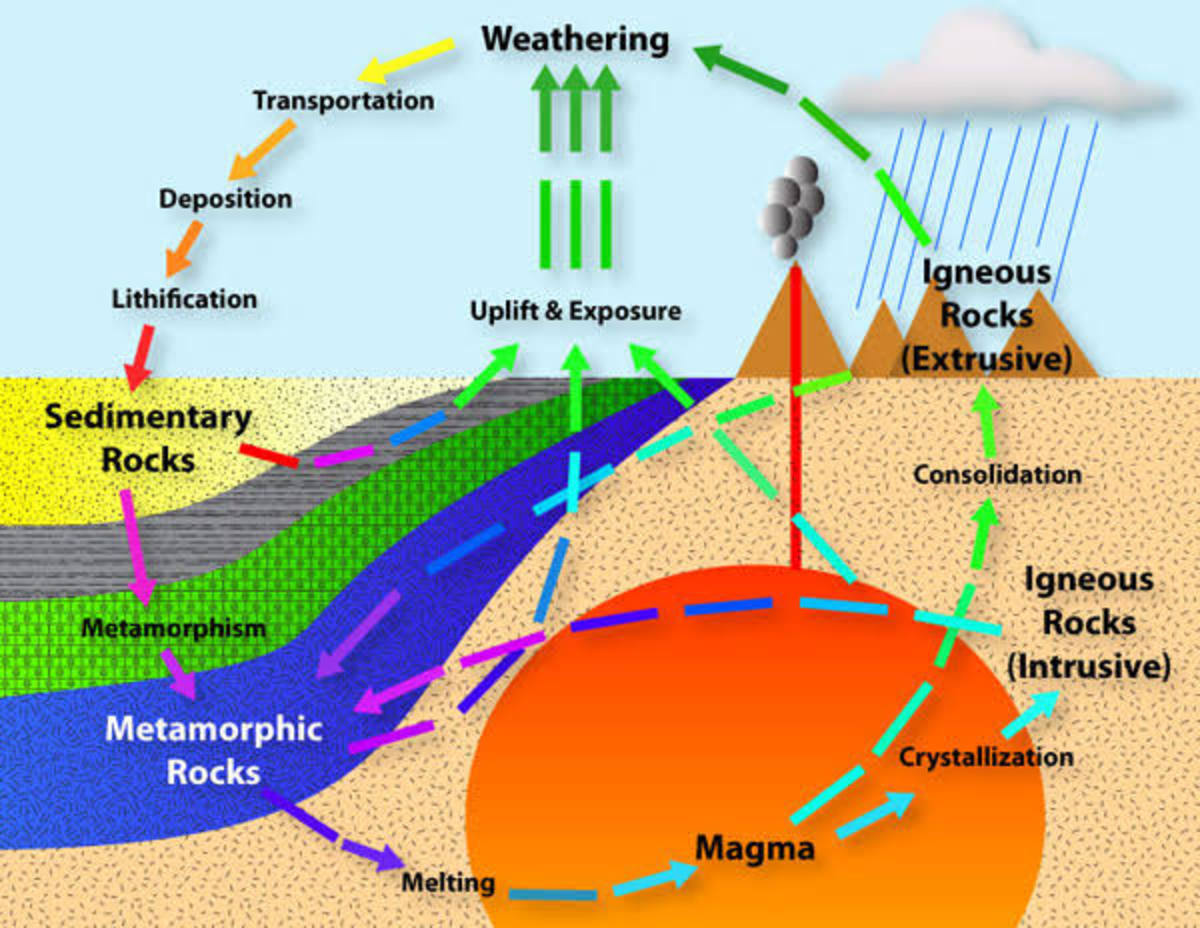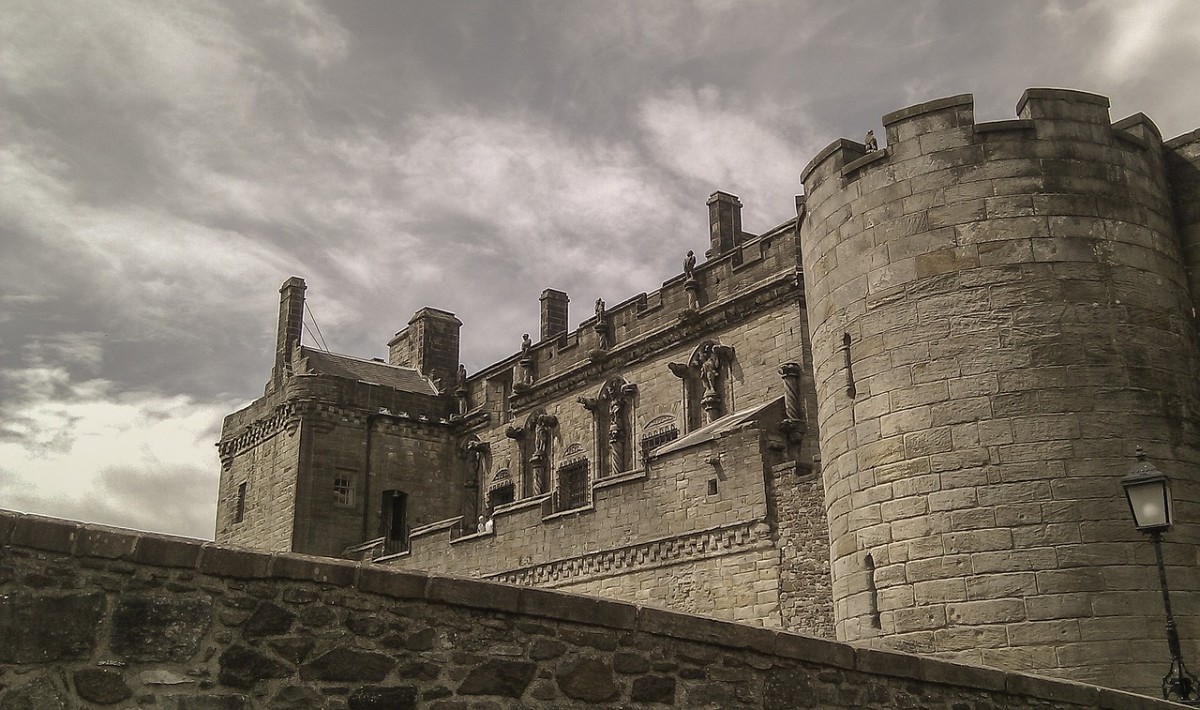Fun Learning - First Four Constellations in Fifteen Minutes
Viewing the magic of the nighttime sky can be a lifelong adventure. It starts with going outside at night and identifying some basic constellations. Acquaint yourself (and your kids) with the stars and start the fun! Why not tonight?
We'll learn to recognize four basic constellations and move or "chain" from one to the other. There are many web sites and computer programs to help you - and we'll mention some - but the emphasis here is on a direct encounter with the stars!
Stargazing Preliminaries
To get started
There are some items you can use later (such as a star map), but for now, we want to just get out there and encounter the stars. The main requirement is a spot where you can see the sky, especially toward the North where we'll be looking tonight.
Ideally, you would view the stars from an area with few man-made lights. But don't worry, most of the stars we'll be looking at tonight will be visible anyway, but turn off any lights you have control of in the area. Give your eyes five minutes or so to get adjusted to the dark while you get comfortable. A chair would be useful, one in which you can lean your head back a little, and wrap up warmly if necessary.
We'll start with the best known star pattern in the sky, the Big Dipper. Look toward the North to find it. It covers a fairly large area of the sky. The dipper may be upside down or sideways, depending on the season (See the upper-left figure above).
The Big Dipper isn't actually a constellation, but it's part of one - Ursa Major, the Great Bear. The figure on the right shows the entire bear and the Dipper within it. For now though, we'll just spot the Big Dipper and move on.
Once you've found the big dipper, the little dipper is next. In the figure above, you can see the big dipper (Ursa Major) at the bottom. Now follow a line that runs through the two stars at the front of the bowl. It will point directly at Polaris, the North Star. In finding the North Star, you've also found the Little Dipper. The North Star is the tail-end of the Little Dipper. The North Star is not super bright, so if you see a faint star in the right place, that's probably it. If you estimate the distance between the two Big Dipper stars at the front of the bowl, the North Star is 5 times that distance away.
To identify the rest of the little dipper, look for the same bowl shape as the big dipper. The little dipper is a bit smaller, and doesn't form quite as good a bowl. The stars are also fainter, so you may have better luck after a few minutes when your eyes are better adjusted to the dark. They face each other, so that something poured from the Little Dipper would go into the Big Dipper.
A few things about the North Star - it's called Polaris, or "Pole star," and it always lies in the North! Due to the rotation of the Earth, during the night the stars rotate 360 degrees - but not Polaris. Because the Earth's axis points right at Polaris, it remains in the same place in the sky all night.
On to Cassiopeia (pronounced kass ee oh PEE yuh). If you trace a line like before from the front of the Big Dipper bowl to the North Star, and then continue it an equal distance beyond, you'll see a W- or M-shaped (winter = "W" & summer = "M") constellation - Cassiopeia. It also is shaped like a crown, which is appropriate since Cassiopeia was the queen of Ethiopia in Greek mythology. She was an unrivaled beauty, and quite vain.
Several of Cassiopeia's 'stars' are actually other types of objects including two galaxies (open clusters), a supernova (Tycho's star) and a binary star comprising a yellow Sun-like dwarf and an orange dwarf star.
On to Cepheus (pronounced SEE fee yuss). He's a king, and the husband of the queen Cassiopeia, and sits next to her in the sky. Find Cepheus by following the familiar line from the bowl stars of the dipper through the North Star. Now continue past about a third of that distance. You'll see Cepheus as a house-shaped constellation of five stars. Some say the triangle on top is a 'dunce cap' he's wearing. When you read about the mythology of Cepheus and Cassiopeia, you'll know why!
Here's a diagram that puts it all together. Try observing on different nights and under different conditions. Above all, get out there and experience the stars!
There is much fascinating lore and information to learn about these constellations - for example, each constellation has a fascinating story in the form of mythology. Also, different cultures made up different constellations out of the 'pictures' they saw in the sky. Try researching some of these elements to round out your knowledge of the sky above you.
Congratulations! In identifying the first four constellations, you've made a great step toward familiarity with the wonder and magnificence of the night sky.
What's next? Check out an elementary astronomy book (some are suggested below) or research using one of the many resources on the web. The sky's the limit!
Introductory Astronomy on Amazon
Useful Links
- SquiDirectory
A Squidoo Directory featuring over 350 categories filled with an interesting variety of different subjects ranging from arts and literature, shopping, and eco friendly tips, to vehicles for sale, travel, and everything in between. - DirectoryBin
DirectoryBin - hand-picked directory of links
I'm interested in your experiences in looking at the stars! Please let me know what happened, what you think of this page, or just say 'hi!'
